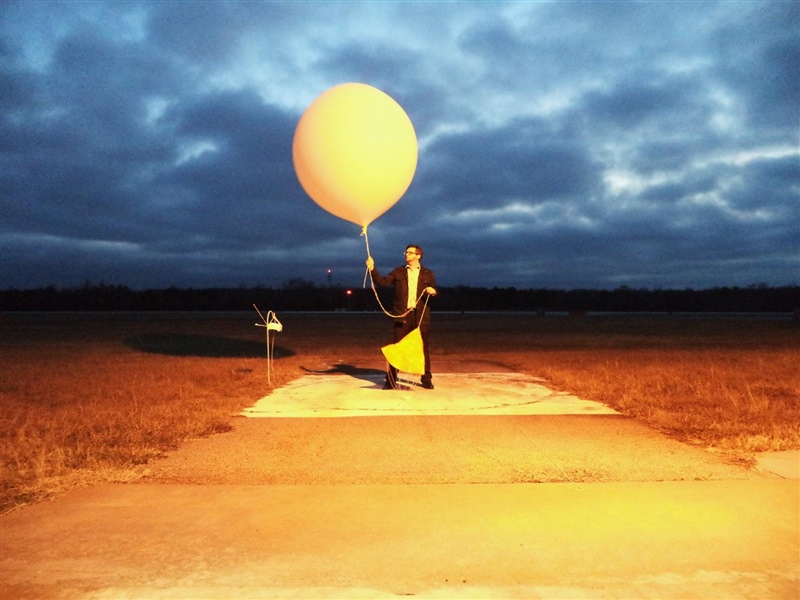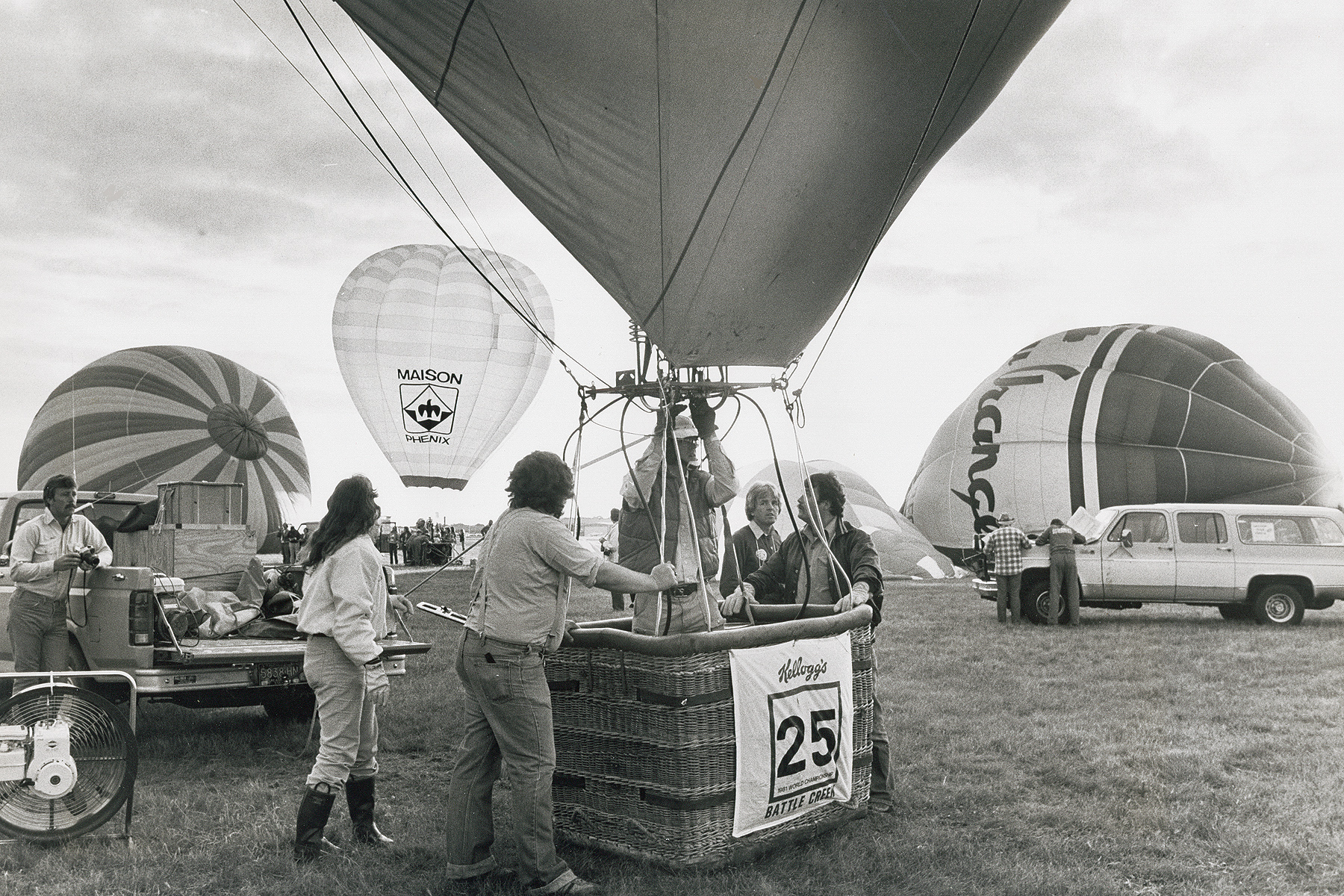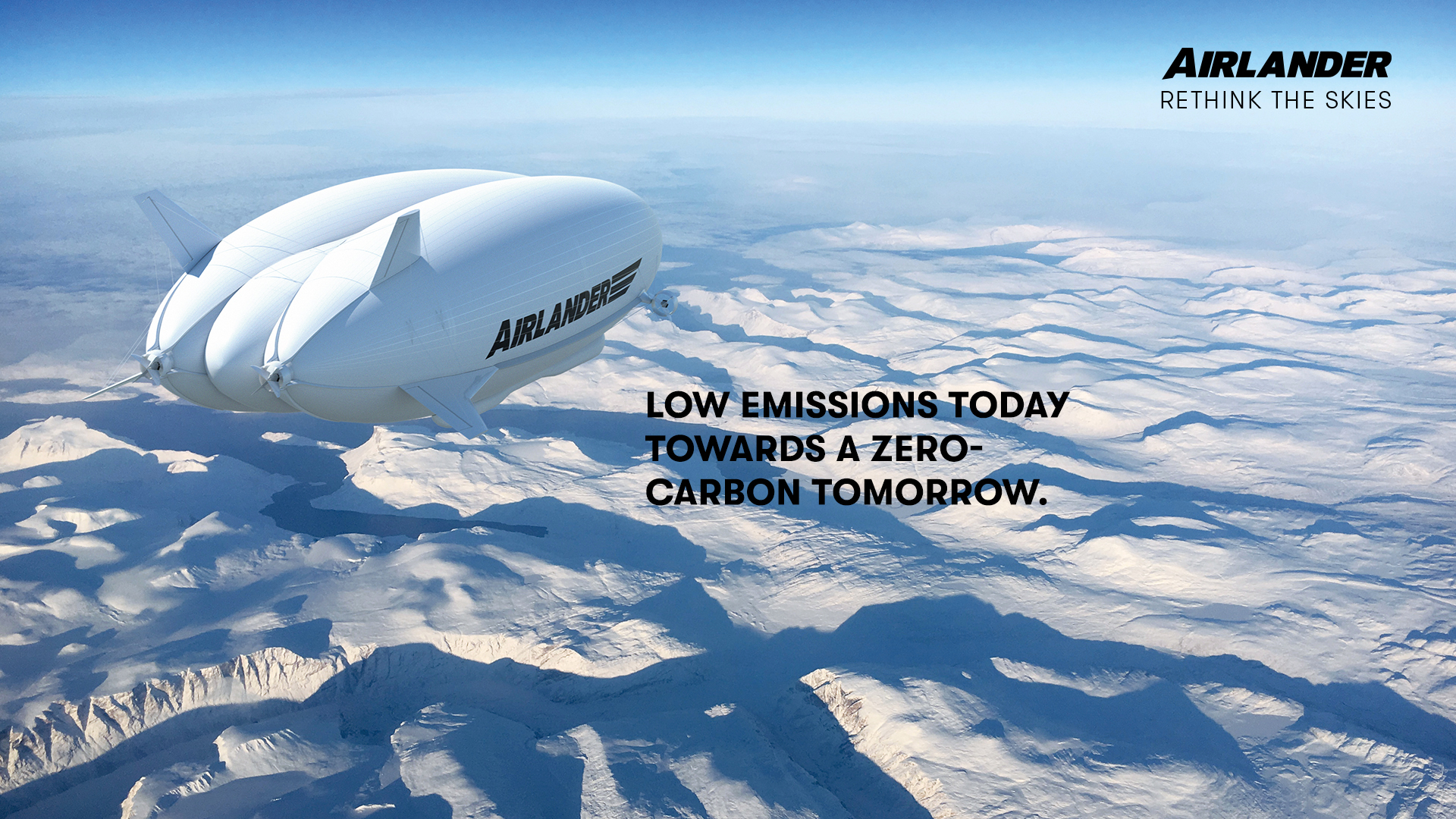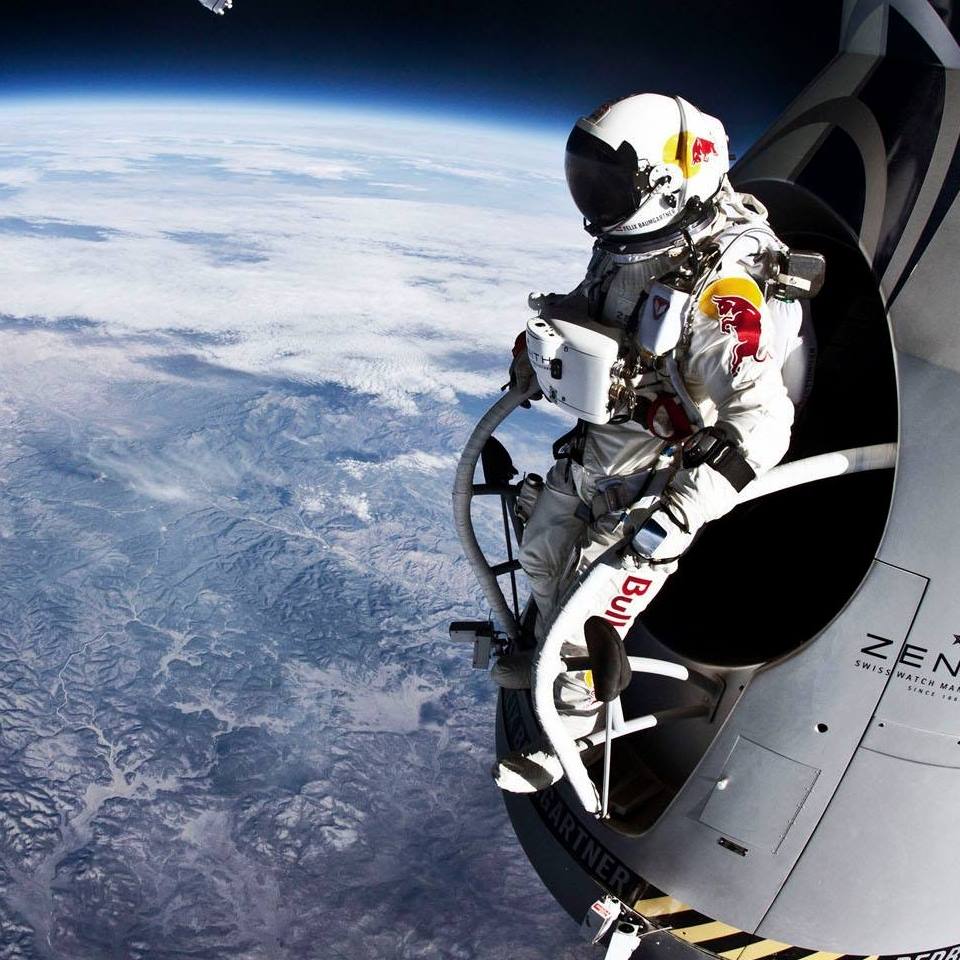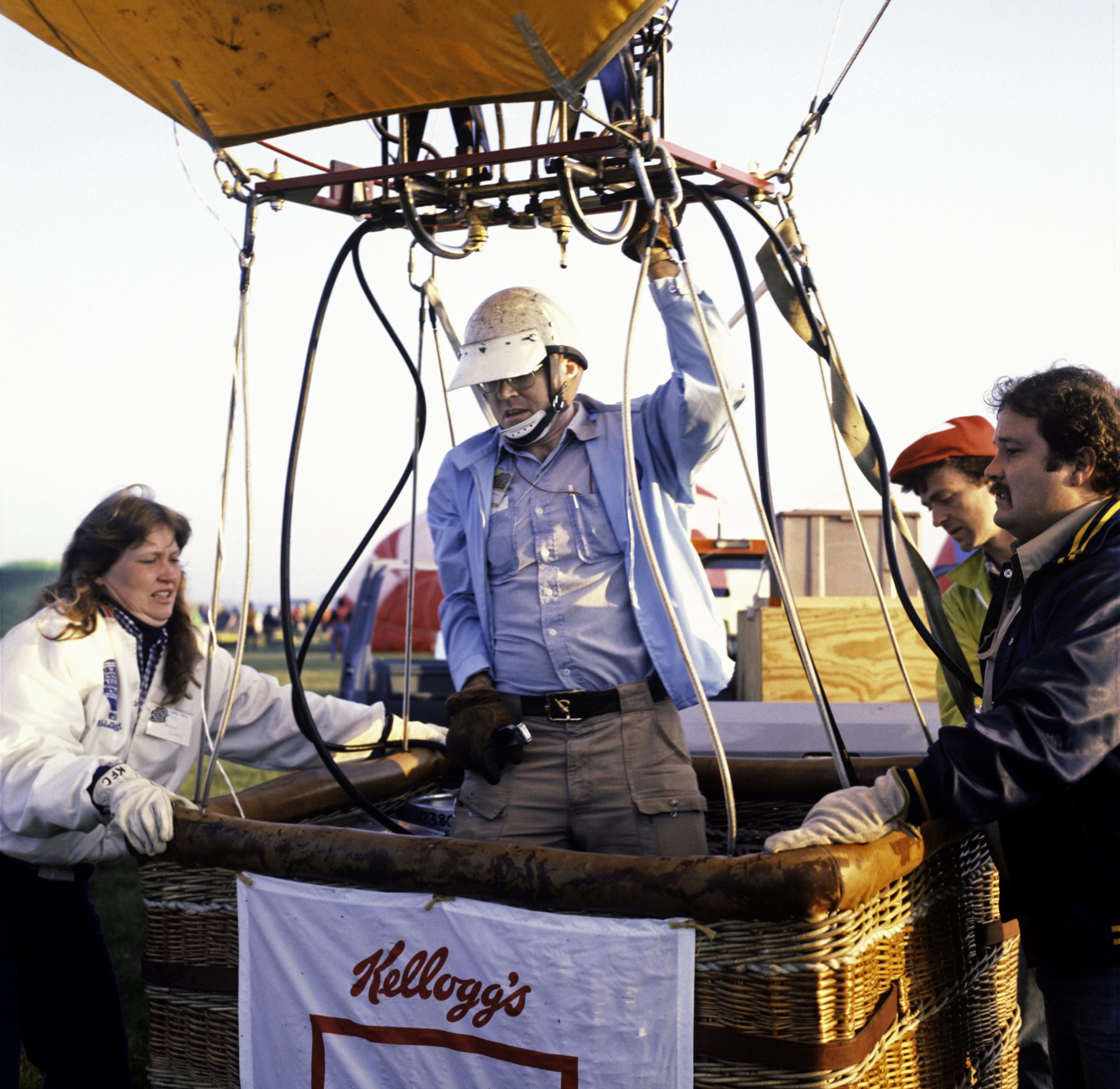Modern weather forecasting may benefit from cutting-edge technology like radar and satellites, but it also builds on practices that date back centuries. Our quest to understand the atmosphere began in 1749 in Europe, where scientists used kites to carry thermometers to upper altitudes. By flying these kites high, they were able to gather valuable data on the upper air.
A few years later, in 1752, Benjamin Franklin famously flew a kite during a thunderstorm, to prove the electrical nature of lightning. This marked the beginning of a fascinating journey, leading to remarkable advancements in weather observation and atmospheric science.
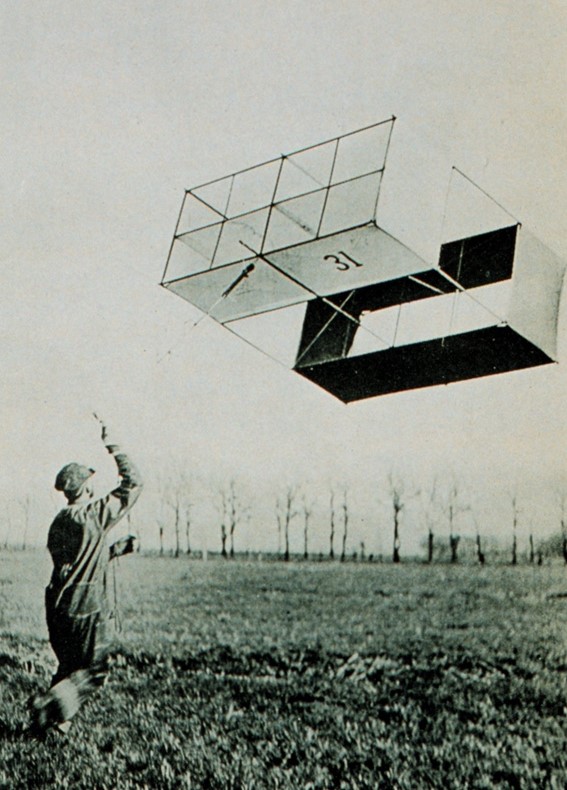
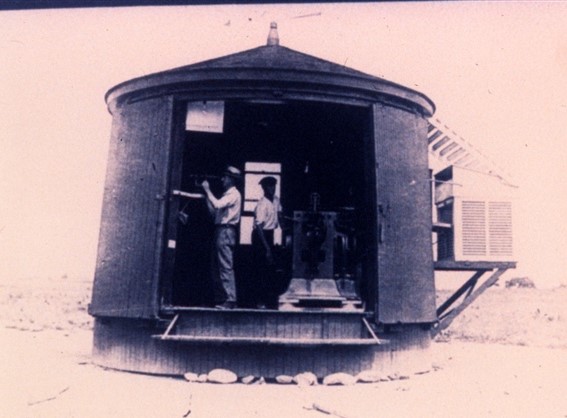
In 1780s France, the invention of the hot air balloon and gas balloon quickly became a tool to study the atmosphere. Scientists boarded balloon baskets and ascended into the atmosphere with instruments like barometers and thermometers to study the atmosphere’s structure, chemistry, and behavior. While these manned flights offered valuable insights, they were perilous—extreme cold, lack of oxygen, and inadequate equipment led to serious injuries and even deaths. Despite the risks, these early ascents laid crucial groundwork for meteorological science.
Since the early days of ballooning, various measurements were taken during flights. However, one of the first documented uses of balloons specifically for weather measurement was by French meteorologist Léon Teisserenc de Bort. Beginning in 1896, he actively launched weather balloons, and his pioneering work led to the discovery of the tropopause and the stratosphere. This breakthrough later became the foundation for the widespread use of weather balloons in atmospheric research.
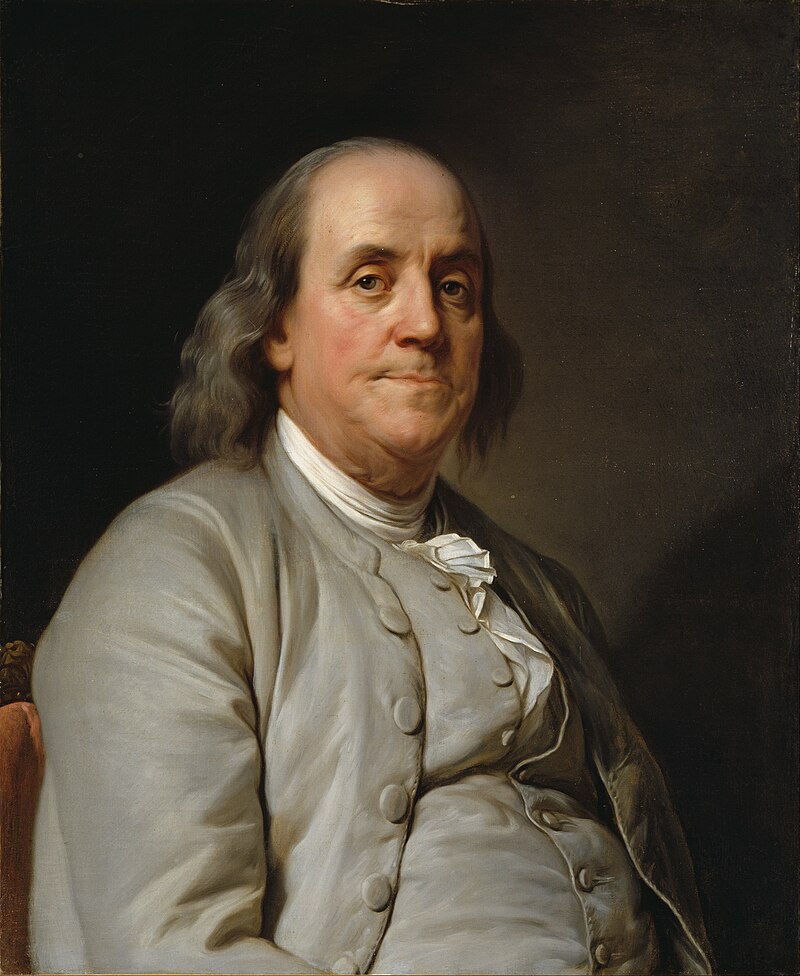
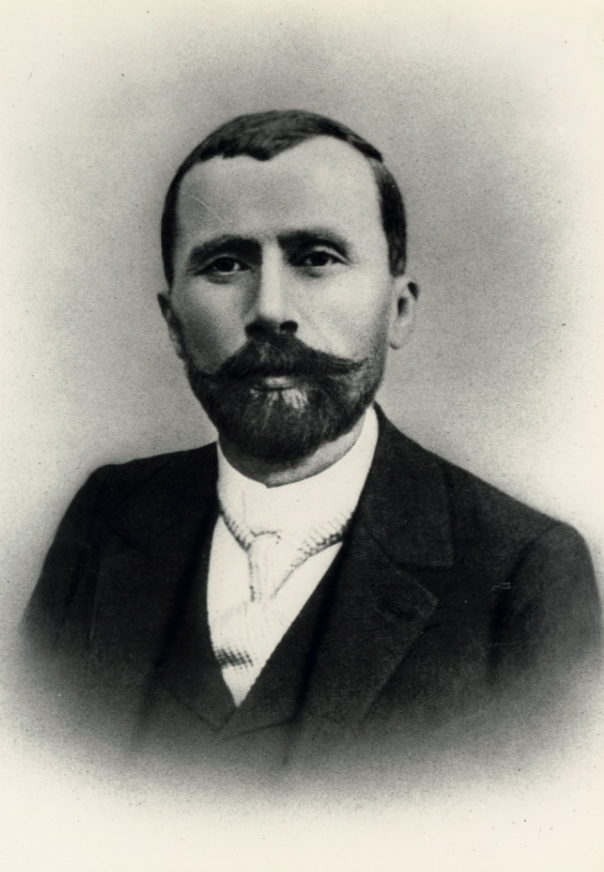
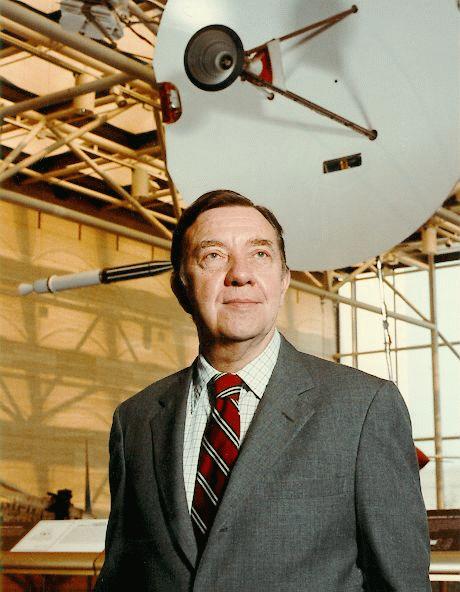
As the 19th century progressed, kites continued to be valuable tools for atmospheric observation. By the late 1800s, the United States Weather Bureau and other organizations had established kite observation stations, where kites lifted meteorological instruments into the sky. These “meteorographs” recorded pressure, temperature, and humidity. However, kites had their limitations. They could only reach altitudes of about 3 kilometers (9843 feet), and the data could not be analyzed until the kite was brought back to earth. Moreover, weather conditions had to be just right—not too calm, not too stormy—or the kite could break loose and cause potential harm below.
By the late 19th century, meteorographs had advanced enough to be carried by free-floating, unmanned balloons. These balloons soared to the stratosphere, reaching heights far beyond the capabilities of kites. Yet, this method had its own challenges. Once the balloon burst due to high internal pressure, the meteorograph would fall to the ground, where it might remain for days, weeks, or forever, depending on whether it was found.
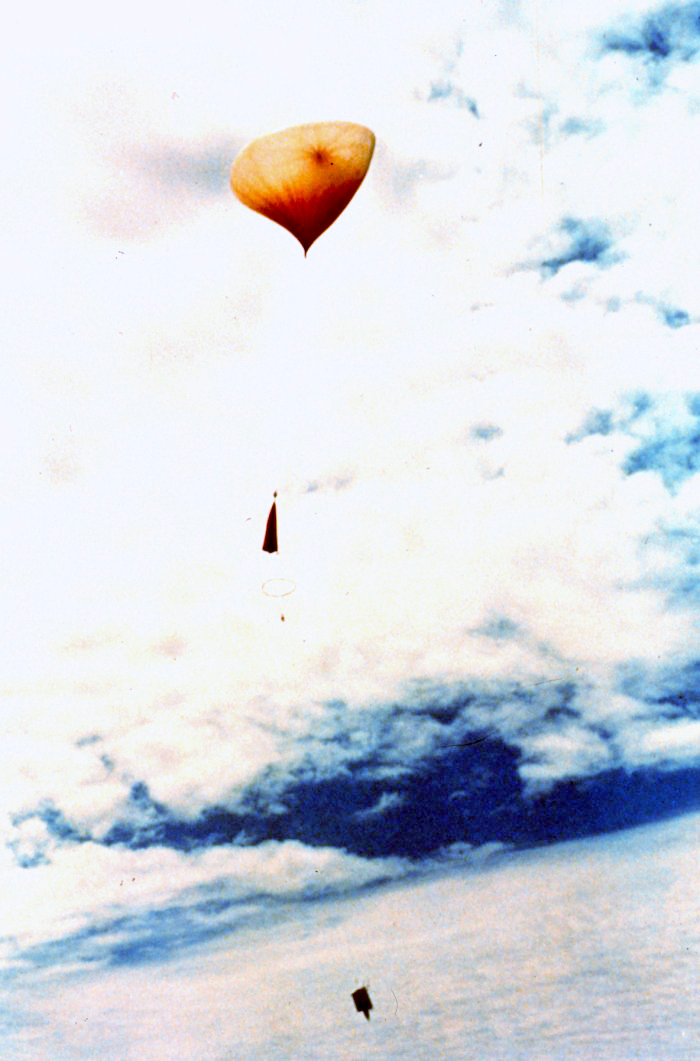
The early 20th century saw a shift from kites to aircraft for atmospheric observations. Between 1925 and 1943, the Weather Bureau and the Army Air Corps operated a network of 30 aircraft stations across the United States. These planes carried meteorographs, but like kites, they could only fly in good weather, and data could not be analyzed until the plane returned to base. Despite reaching altitudes of up to 5 kilometers, the limitations of aircraft observations prompted scientists to seek more reliable methods.
The answer came in the form of weather balloons. By the 1930s, scientists had developed radio transmitters to suspend from weather balloons, leading to the creation of radiosondes—devices that transmitted real-time weather data back to earth.
World War II further accelerated the need for upper-air data, driving rapid advancements in radiosonde technology. By 1937, the Weather Bureau had established a network of radiosonde stations that continues to operate today. Radiosondes, tracked during flight to provide wind data, became known as “rawinsonde” observations, which contributed to weather forecasts and increased understanding of atmospheric processes. However, in the early days of rawinsonde stations, the valuable data they collected for weather forecasting was challenging to analyze. Without computer processing systems, this task was labor-intensive and time-consuming. The process relied heavily on manual work, making it less efficient.
A groundbreaking discovery in atmospheric science emerged in the 1950s, thanks to the pioneering efforts of James Van Allen. Known for his numerous weather balloon experiments, Van Allen also conducted critical research using “rockoons” (rockets launched from high-altitude balloons) to explore cosmic radiation and Earth’s upper atmosphere. These experiments provided the first hint of radiation belts surrounding Earth. In 1958, instruments designed by Van Allen on the Explorer 1 satellite confirmed the existence of these intense radiation belts, which were later named the Van Allen Belts. Formed by Earth’s magnetosphere, these belts protect our planet from harmful solar winds and storms.

Over the years, computing technology transformed many industries, including meteorology. By 1980, advancements in telemetry and computers had made rawinsonde observations nearly automated, reducing the need for manual work. Today, weather balloons remain an essential tool for meteorologists, with about 70,000 launches each year in North America alone. These floating weather stations carry advanced instruments—such as thermometers, barometers, hygrometers, cameras, and even telescopes—high into the atmosphere. In the U.S., 92 sites launch weather balloons twice daily as part of the Global Radiosonde Network, which includes 900 sites worldwide.
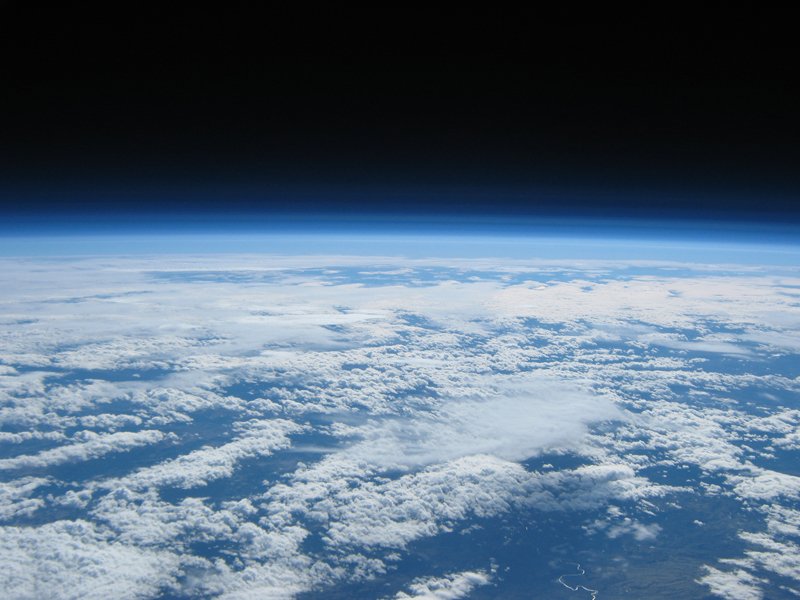
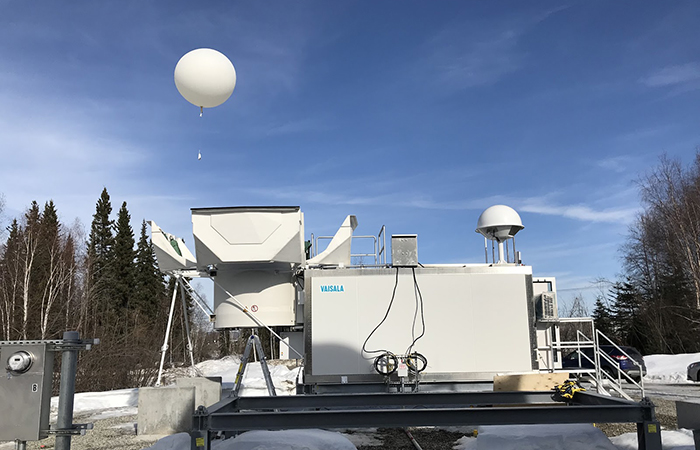
Nowadays, weather data comes from a variety of sources, including satellites, weather stations, balloons, aircraft, and radar systems. Weather forecasting starts with observing the current atmosphere. Sensors on land, sea, air, and in space collect billions of data points daily, giving meteorologists a complete view of the planet. In the U.S., 90% of this data comes from satellites, but other tools are equally important.
On land, the Automated Surface Observing System (ASOS) at airports measures weather conditions, while Doppler radars track precipitation. At sea, buoys monitor sea temperature and wave heights, crucial for predicting storms like nor’easters and hurricanes. Additionally, commercial aircraft equipped with sensors gather weather data during flights. In the air, weather balloons launched daily across the country measure conditions beyond 15,000 feet.
Meteorologists gather all this information and, most of the time, can create accurate short- and long-term weather forecasts. From simple kites to sophisticated weather balloons, humanity’s quest to explore the atmosphere has paved the way for today’s advanced atmospheric research, which now extends to the edges of outer space.
Featured Image: Meteorologist Sid King, NOAA
Sitara Maruf
Sitara@ltaflightmagazine.com

